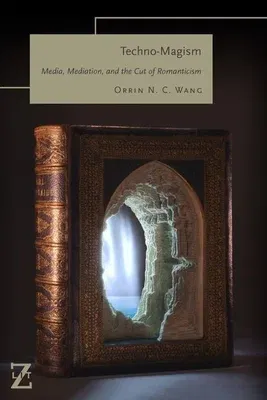Shortlisted, Marilyn Gaull Book Award
Techno-Magism explores how British Romantic literature abuts and is
organized around both print and non-print media. The book explores not
only the print, pictorial art, and theater of early nineteenth-century
England and Europe but also communicative technologies invented after
the British Romantic period, such as photography, film, video, and
digital screens. This proleptic abutting points to one way we can
understand the implicit exceptionality wagered by reading Romanticism
through media studies and media theory.
Techno-Magism argues that both media studies and the concept of
mediation in general can benefit from a more robust confrontation with,
or recovery of, the arguments of deconstruction, an unavoidable
consequence of thinking about the relationship between Romanticism and
media. The book thinks that relationship through the catachrestic
practice of a techno-magism, a technics of inscription always outside
the causalities of a dialectical economy. The book further pursues two
interrelated ideas: the structural incommensurability of the cut and the
unapologetic presentism of the constellation. Marked by its late
capitalist moment of composition, the book explores the continuity
between the social character of Romantic and post-Romantic media, in
terms of commodity culture, revolution, and the ecological devastation
of the anthropocene.

